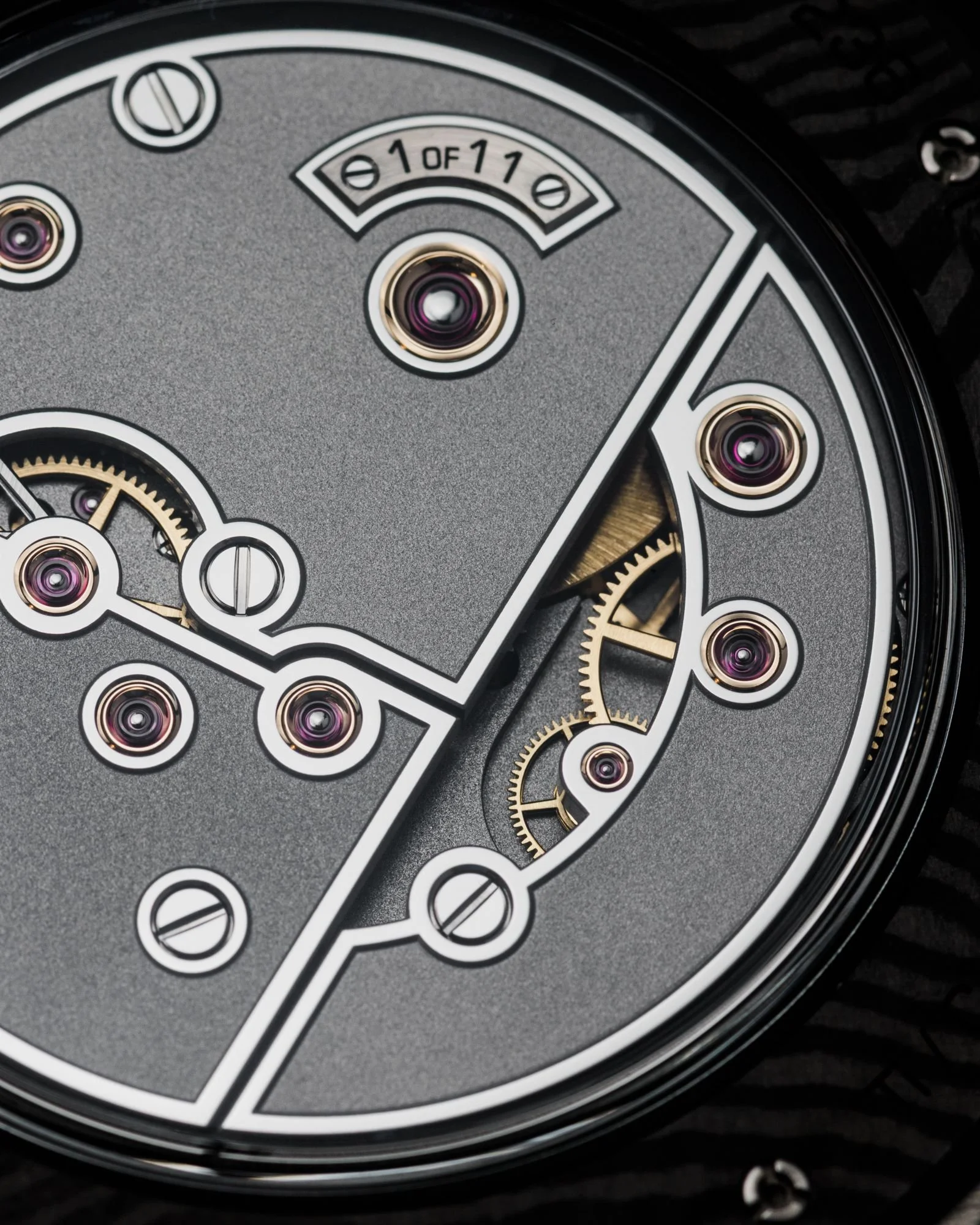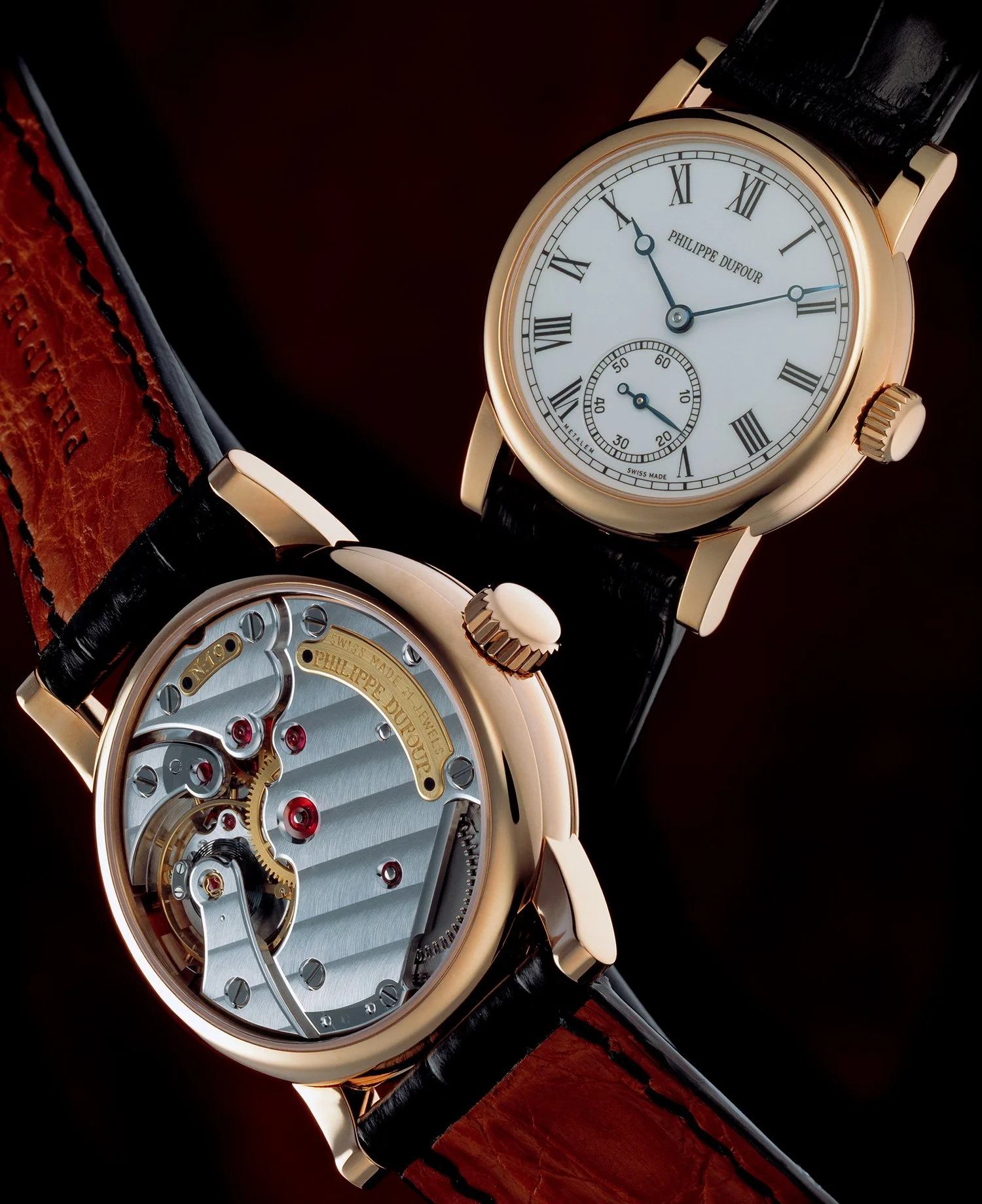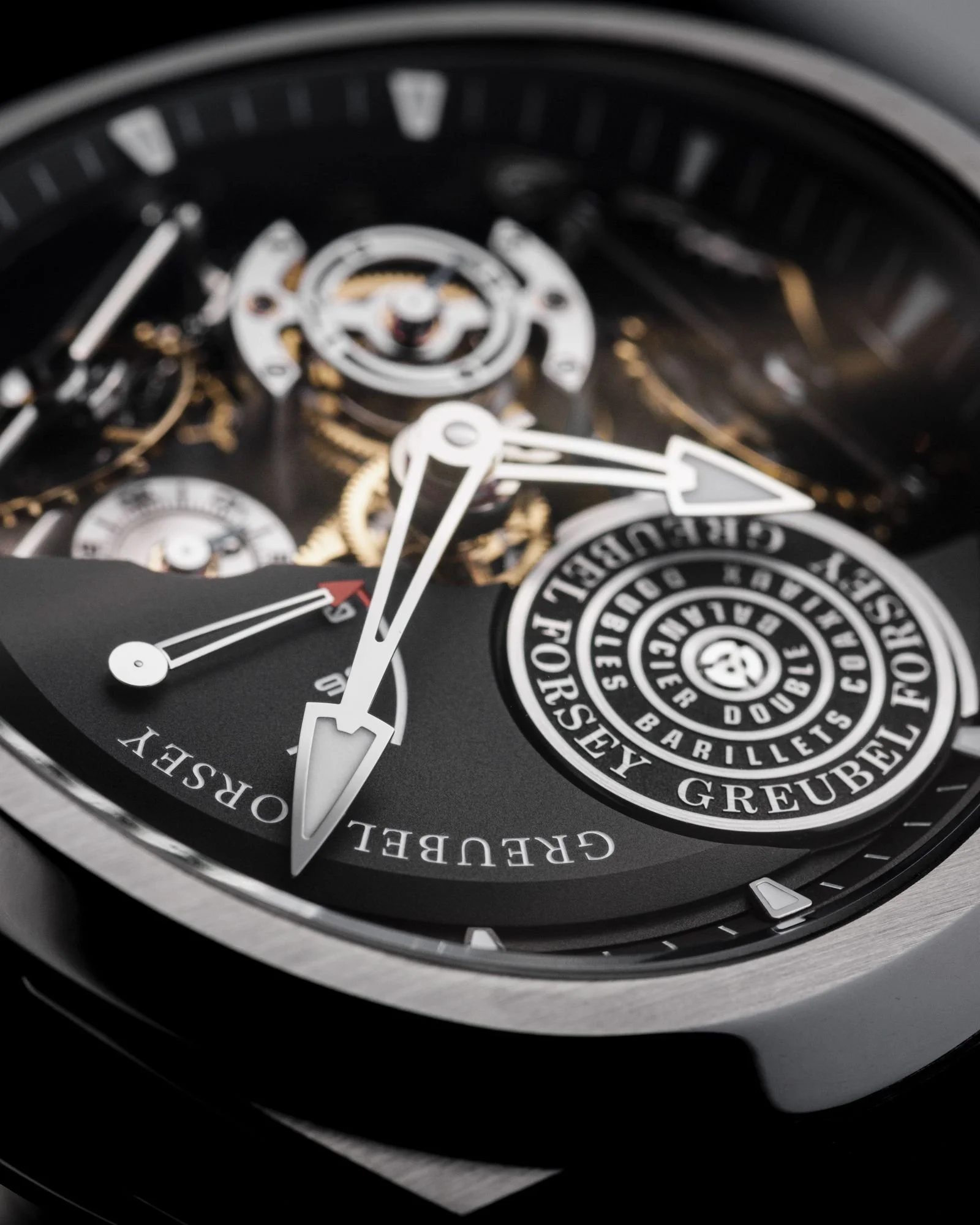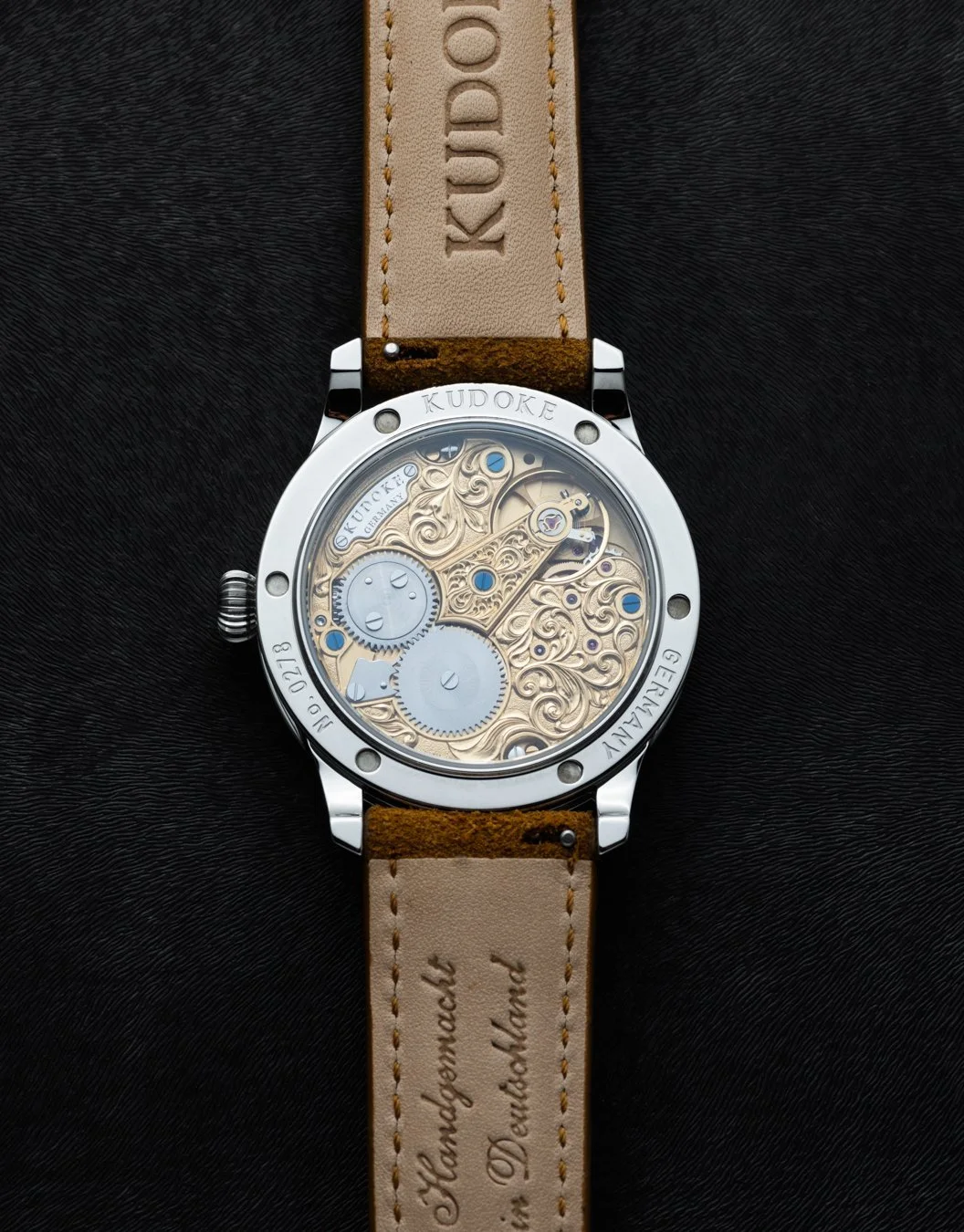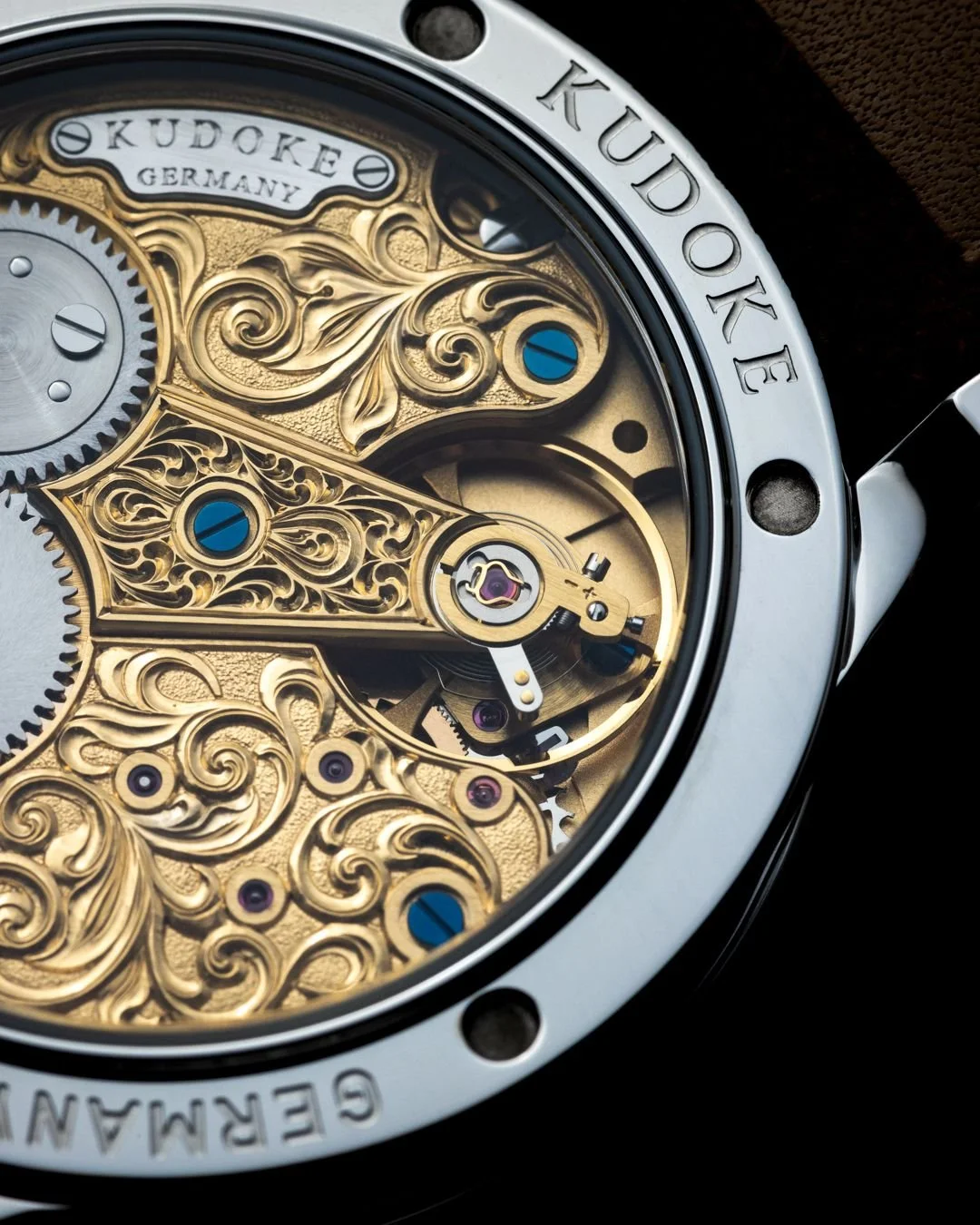Why haute finishing should exist alongside haute complications
The term finishing covers a lot of ground in the world of watchmaking. It can refer to hundreds of different techniques, can be applied to every aspect of a given watch, and provides little clarity on the quality of work. Generally, finishing is finishing, and it’s all good.
Compared to finishing, there is a much clearer hierarchy with complications. High (or haute) complications like tourbillons, rattrapante chronographs, and perpetual calendars indicate more technical complexity, high levels of skilled watchmaking required, and overall, higher prices. The haute demarcation separates, at least in theory, the complicated and rare from the ubiquitous and often less expensive.
Though this first attempt will be far from perfect, I’d like to flesh out the idea that not all finishing is created equal, and nor should it be. Haute finishing should exist as a concept alongside haute complications, primarily to act as guidance for collectors to see who is going above and beyond with their finishing work.
What is haute finishing, exactly?
Greubel Forsey and Philippe Dufour both represent the pinnacle of fine finishing in watchmaking. But what specifically elevates their timepieces to that level of haute finishing?
WIth Greubel Forsey, the thing that sticks out above all else is that there is a high-level game at play with every Greubel Forsey timepiece. It’s not simply about how superbly finished the timepiece is; it’s the variety of various finishing techniques that creates a symphony – light shimmers and shines on black polished, grained, and frosted surfaces. Only Greubel Forsey has figured out how to create immense texture and three-dimensionality with flat surfaces, as one can see with the base plates of the Balancier S.
Caseback shot of the Greubel Forsey Balancier S Carbon
What is “simply” flat base plates and bridges is brought to the haute level with impeccable finishing – frosting, black polishing, polished counter sinks.
For Philippe Dufour timepieces, there’s a radically different approach. Where Greubel Forsey juxtaposes finishing to produce texture, extremely modern aesthetics, Philippe Dufour is the ultimate representation of perfectionism in traditional watchmaking. Everyone points to the master watchmaker’s Côtes de Genève, often described as “creamy” or “smooth,” it does stick out amongst his peers. With the Simplicity, the haute status for this timepiece’s Côtes de Genève is found in the most minute detail – how clean it runs up against the anglage of the bridges. There’s no gap. Something so trivial makes a massive difference – it’s the difference between a good and adequate job and the perfection found in the Simplicity’s Geneva Stripe.
The Philippe Dufour Simplicity Côtes de Genève (Image Credits: Philippe Dufour)
For Dufour, the finishing alone often occupies around 3-4 weeks of labor, somewhere around 100 hours. As with Greubel Forsey, the haute finishing label on these timepieces is synonymous with the time that goes into them. That’s also the case with haute complications. There is often zero margin for error, and human touch is critical to the perfection of these highly idiosyncratic techniques. Notoriously, Dufour can tell when the jewel sinks are perfectly polished by the temperature of the polishing instrument in his fingers. The human touch is quintessential in the difference between 90-95% exquisitely finished and the full 99%.
The undue pressure of finishing
Finishing is the primary focus of nearly everyone on social media, collectors and journalists, as well as heavily accentuated by the PR of brands. There’s a pragmatic reason why finishing has become the focus. Where it is difficult to understand, let alone judge, the highly complicated mechanisms at play in a timepiece, finishing is a much more straightforward affair to understand. Incorporating many different methods, techniques, and outcomes, all finishing is simply the process of making a given timepiece beautiful. That is to say, most of the watch community’s discussion, debate, and judgment revolve around aesthetics, not mechanics.
Though there’s nothing wrong with this, I’ve seen many watchmakers feel pressured by the overwhelming amount of focus put on finishing. Customers seeking timepieces that are priced one-tenth of Greubel Forsey are also expecting comparable levels of finishing. In the same way that Instagram has changed the interior design of restaurants or how dishes are presented, the Instagram effect on watchmaking has produced similar aesthetics. Gone are the days of rough movements; many George Daniels timepieces today would be laughed off the ‘gram. It’s too easy to imagine comments like, “those prices with that finishing?!”
Why we need haute finishing as a category of its own
Achieving haute finishing requires massive time commitment and manual labor. That’s the distinguishing factor here as well as the nonexistent margin of error for technique. As with Dufour’s Côtes de Genève, all time and effort is immediately gone to waste if any other component scratches the surface during the assembly process. In that scenario, a scratch would stick out like a sore thumb and the whole base plate would require refinishing. That’s why it shouldn’t come as a surprise that both Greubel Forsey and Dufour prices are immense. Starting prices are often over US$100,000 and can reach as high as US$1,000,000.
A closer look at the dial side of the Greubel Forsey Double Balancier Convexe
The intention behind haute finishing is to recognize the level of time and dedication required to achieve the levels of Greubel Forsey and Philippe Dufour, as well as carve out space for independent watchmakers who are focusing on other areas of watchmaking.
Though it’s easier to find more and more near-haute levels of finishing on significantly more affordable timepieces, there’s still a massive distance between timepieces in the US$10-20,000 range to Greubel Forsey and Philippe Dufour at the pinnacle. Anglage, black polish, hand-engraving, and frosting can be found on timepieces like the Kudoke 1 as low as US$9,000, and this is a huge value proposition for collectors. There are also plenty of high horology examples where the highest levels of finishing can also be mostly omitted from more conceptual timepieces – I’ve never heard any collector chastise Urwerk for an absence of finishing, as one example.
Available on Esperluxe: The Kudoke 1 Blue Dial
Different watchmakers are creating different things. Not every watchmaker is pursuing the highest levels of finishing, akin to Greubel Forsey, and nor should they. George Daniels was notoriously focused on the mechanics, and there are plenty of examples of George Daniels’ timepieces that would be criticized on social media for their lack of finish by those without an understanding of his pursuits.
A close up shot of the workmanship on the movement of the Kudoke 1 Blue
Before we criticize a given watchmaker for a lack of fine finishing, we need to ask if the watchmaker is trying to achieve it in the first place.

